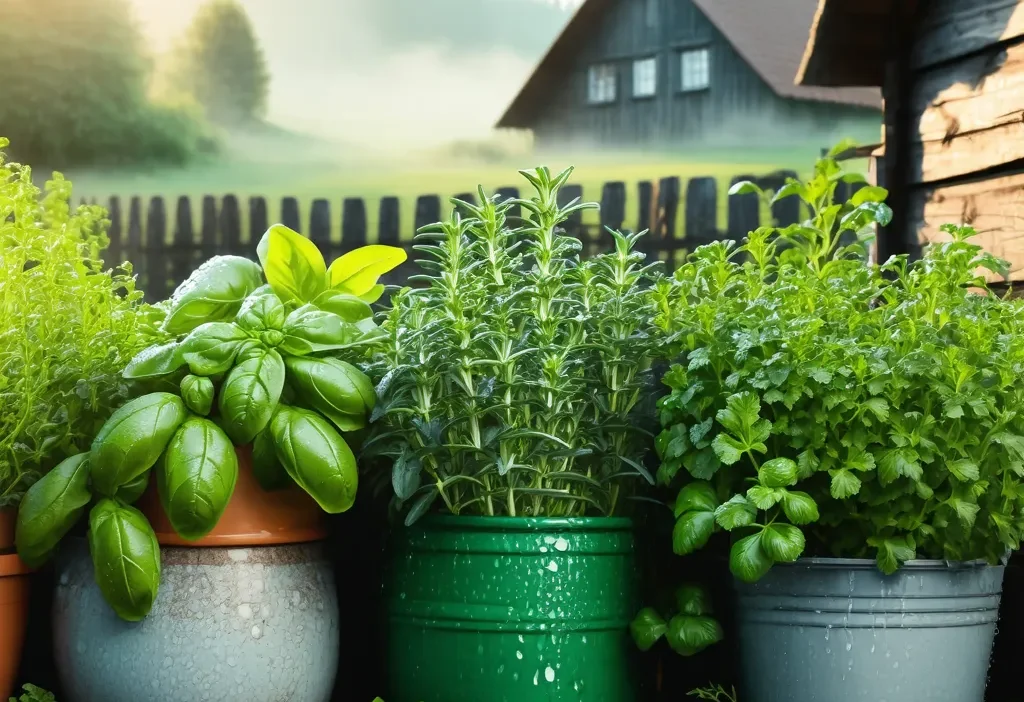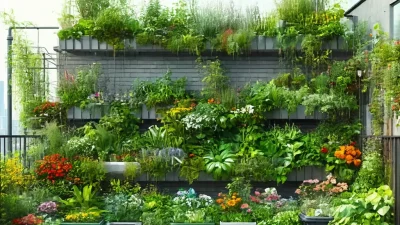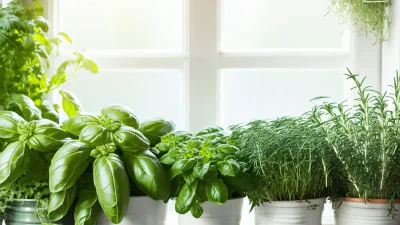How to Start Your Own Herb Garden
Gardening is more than just a hobby; it’s a journey that connects us with nature and provides fresh, healthy ingredients for our meals. Starting an herb garden is a fantastic way to begin this journey. Whether you have a sprawling backyard or just a small balcony, growing herbs can be incredibly rewarding. In this guide, we’ll walk you through everything you need to know to start your own herb garden.
Why Start an Herb Garden?
Before diving into the details, let’s explore why starting an herb garden is a great idea:
- Cost-effective: Buying herbs from the store can add up quickly. Growing your own saves money and ensures you always have fresh herbs on hand.
- Health benefits: Herbs are packed with vitamins, minerals, and antioxidants that contribute to overall health.
- Culinary delight: Fresh herbs elevate the flavor of your dishes in ways dried herbs simply can’t match.
- Sustainability: Growing your own herbs reduces the need for store-bought options, which often come with excessive packaging and transportation emissions.
Choosing Your Herbs
One of the first steps in starting an herb garden is selecting which herbs to grow. Consider your culinary preferences and the growing conditions you can provide. Some popular herbs for beginners include:
- Basil: A versatile herb perfect for Italian dishes, pesto, and salads.
- Parsley: Great for garnishing or adding freshness to soups and sauces.
- Rosemary: Ideal for seasoning meats, vegetables, and roasted dishes.
- Thyme: Perfect for adding a subtle flavor to stews, soups, and herb blends.
- Mint: Great for teas, cocktails, and desserts.
Consider your climate and the amount of sunlight you can provide. Some herbs thrive in full sun, while others prefer partial shade. For example, mint grows well in both sun and shade, making it a flexible choice for many gardeners.
Gathering Your Tools
Before you start planting, gather the necessary tools and supplies:
- Pots or containers: If you’re growing herbs in containers, choose pots with drainage holes to prevent waterlogging.
- Quality soil: Use a well-draining potting mix suitable for herbs. Avoid heavy garden soil, as it can compact and retain too much moisture.
- Fertilizer: A balanced, organic fertilizer will provide the nutrients your herbs need to thrive.
- Watering tools: A watering can or hose with a gentle spray nozzle is ideal for avoiding water pressure that can damage delicate plants.
- Gardening gloves: Protect your hands while planting and maintaining your garden.
Planting Your Herbs
Now it’s time to get your hands dirty and start planting:
- Prepare the soil: Fill your pots or containers with quality potting mix, leaving about an inch of space at the top for watering.
- Plant the herbs: Gently remove the herbs from their nursery pots and place them in the prepared soil. Ensure they are spaced appropriately to allow room for growth.
- Water thoroughly: After planting, water your herbs until the excess water drains out of the bottom of the containers.
- Fertilize: Apply a balanced fertilizer according to the package instructions. Avoid over-fertilizing, as this can lead to lush foliage at the expense of flavor.
Maintaining Your Herb Garden
Once your herbs are planted, proper care is essential for their growth and health:
- Watering: Most herbs prefer evenly moist soil but hate sitting in water. Check the soil daily and water when the top inch feels dry.
- Pruning: Regularly pinch or剪裁 off the tips of your herbs to encourage bushier growth and prevent them from becoming leggy.
- Fertilizing: Feed your herbs every few weeks with a diluted liquid fertilizer to maintain their health and vigor.
- Monitoring for pests: Keep an eye out for common garden pests like aphids or spider mites. Treat infestations promptly with insecticidal soap or neem oil.
Tips for Success
To ensure your herb garden thrives, keep the following tips in mind:
- Start small: Don’t overwhelm yourself with too many herbs at once. Begin with a few and expand as you gain experience.
- Choose the right location: Herbs need at least six hours of sunlight per day, so place your containers in a sunny spot.
- Rotate your plants: If growing herbs indoors, rotate them periodically to ensure even light distribution.
- Harvest wisely: When harvesting, never remove more than one-third of the plant at a time. This allows it to recover and continue growing.
The Benefits of Growing Your Own Herbs
Beyond the obvious culinary benefits, growing your own herbs offers several advantages:
- Improved mental health: Spending time in nature and caring for plants can reduce stress and anxiety.
- Educational value: Gardening teaches patience, responsibility, and an appreciation for the natural world.
- Sustainability: Growing your own herbs reduces reliance on store-bought options, which often come with a larger carbon footprint.
- Creativity in the kitchen: Having fresh herbs on hand inspires creativity and experimentation in cooking.
Conclusion
Starting an herb garden is a simple yet rewarding endeavor that offers countless benefits. Whether you’re a seasoned gardener or a complete novice, with the right approach and care, you can enjoy fresh, flavorful herbs year-round. Remember to start small, choose the right herbs for your conditions, and provide consistent care. Happy gardening!





